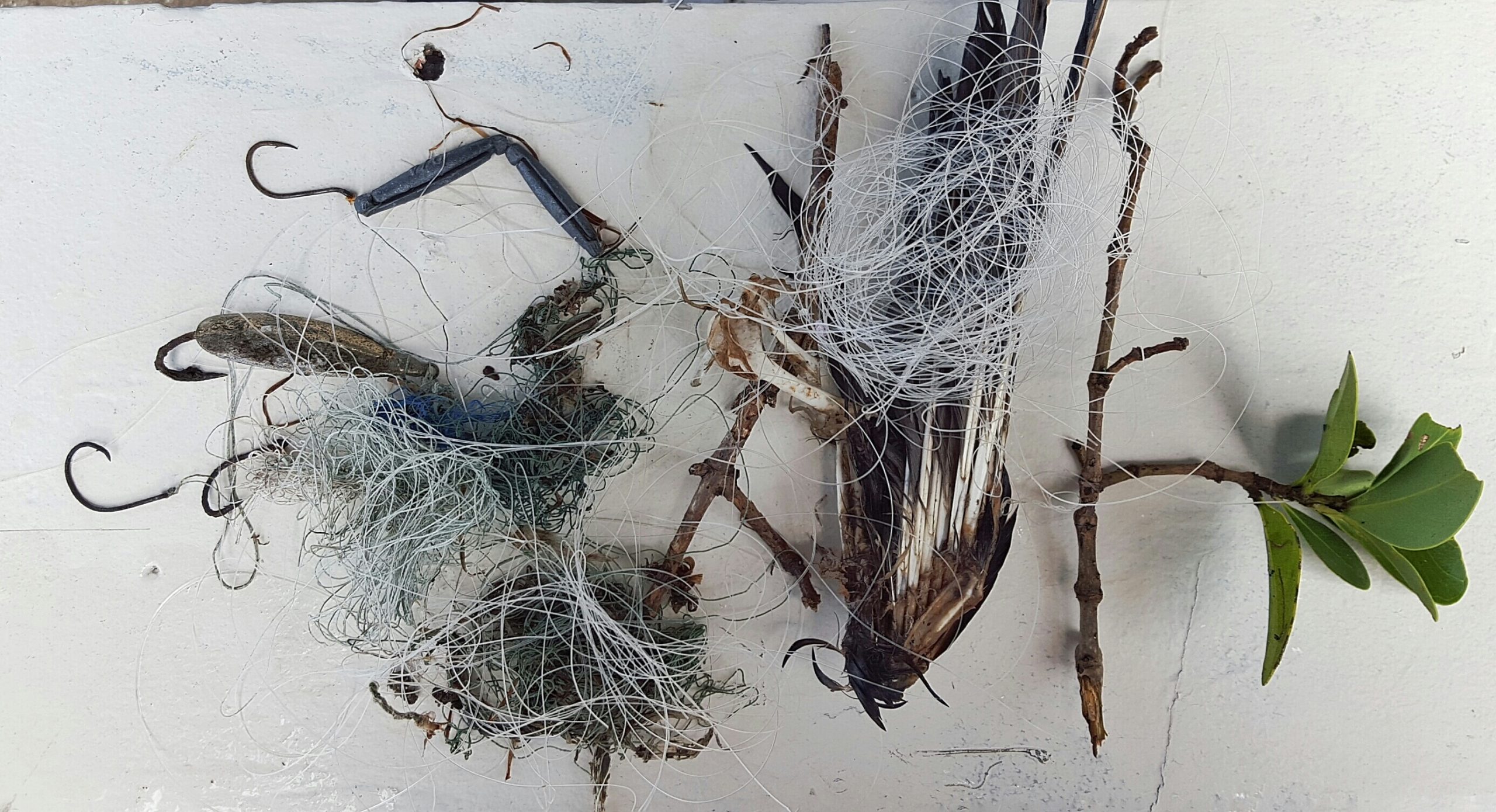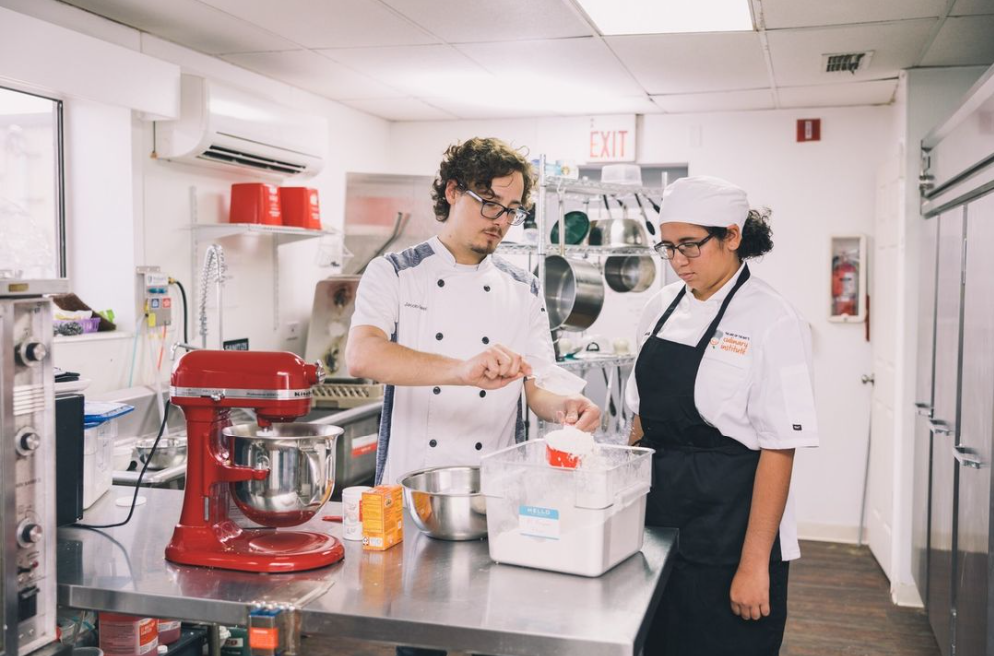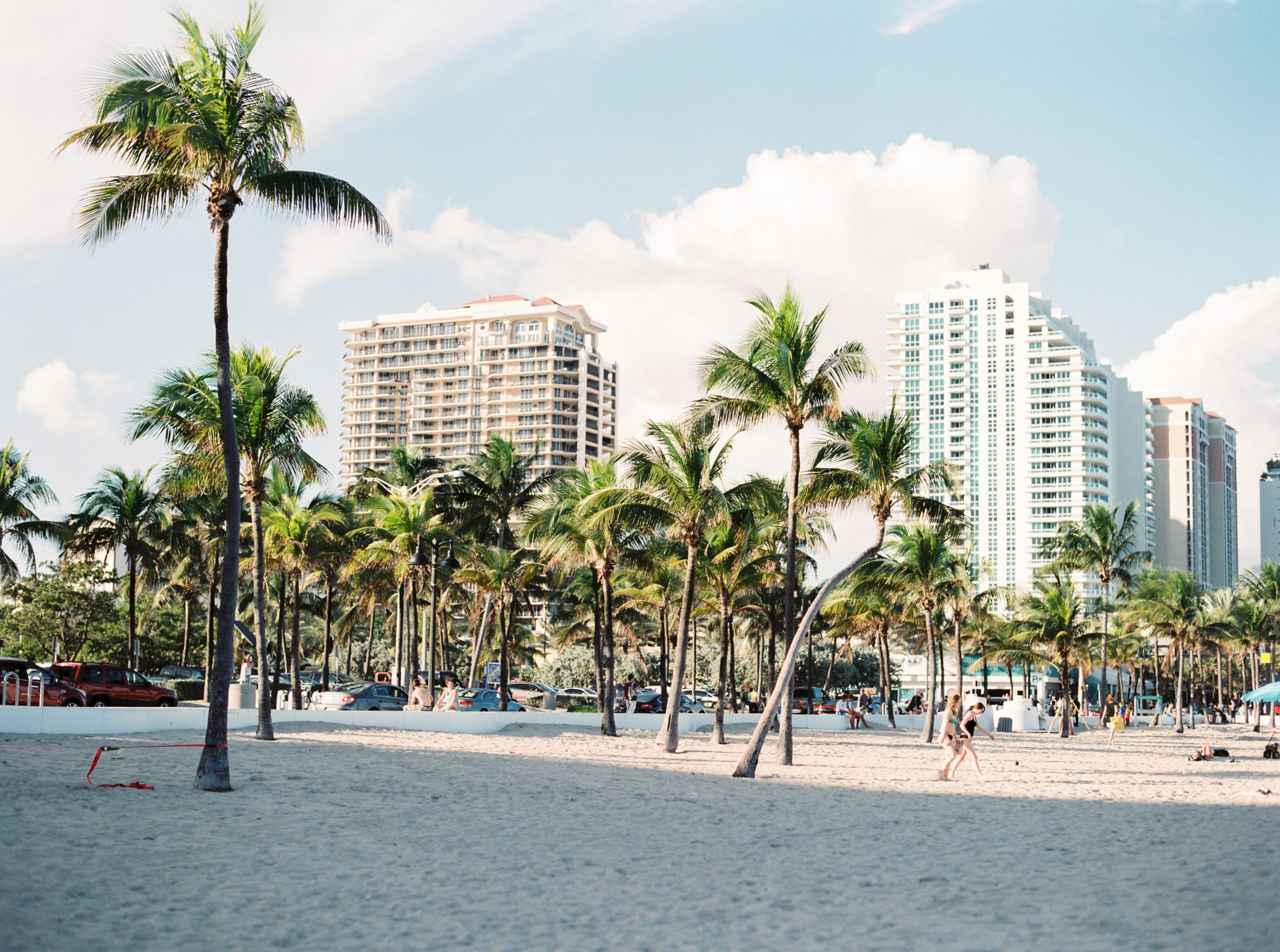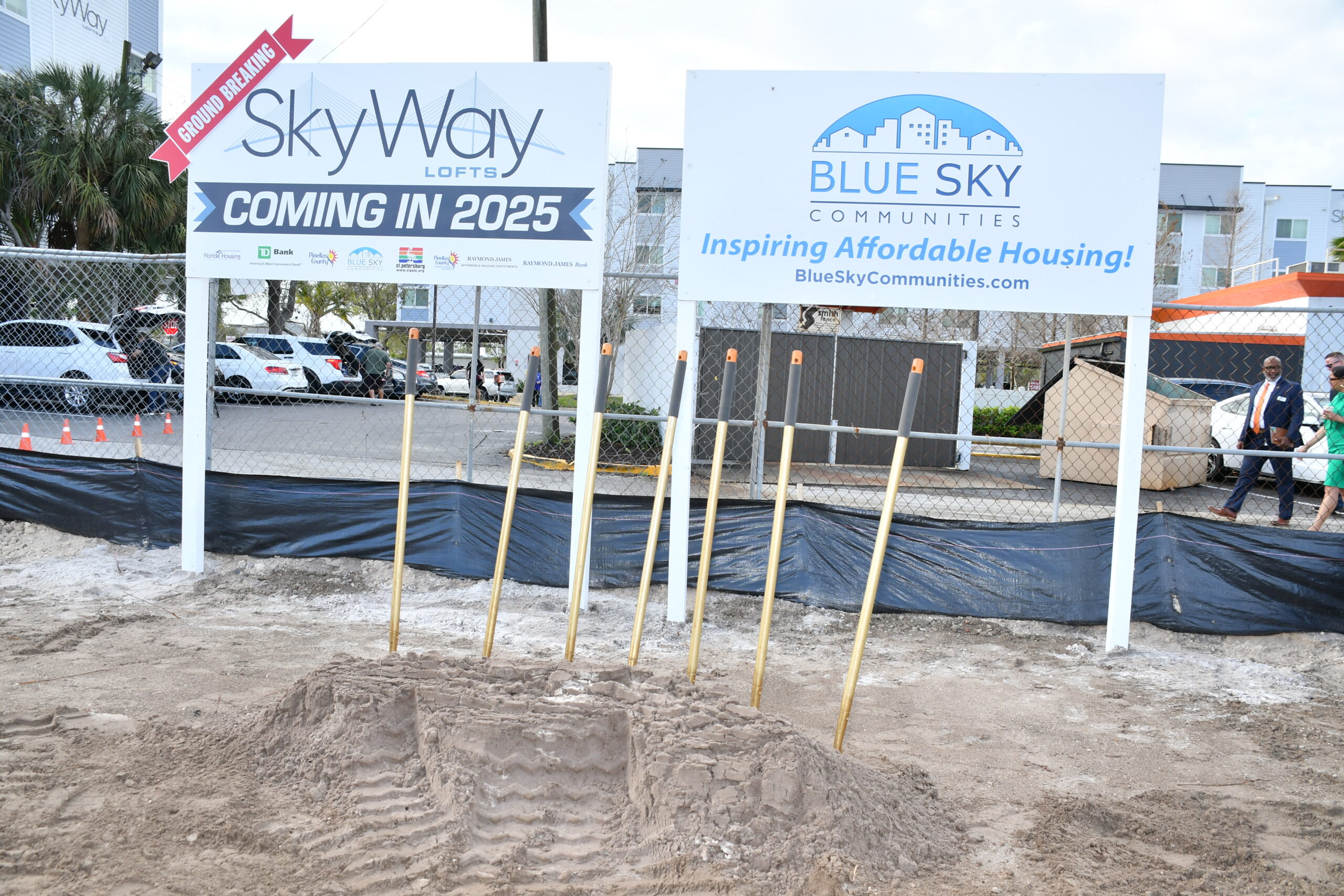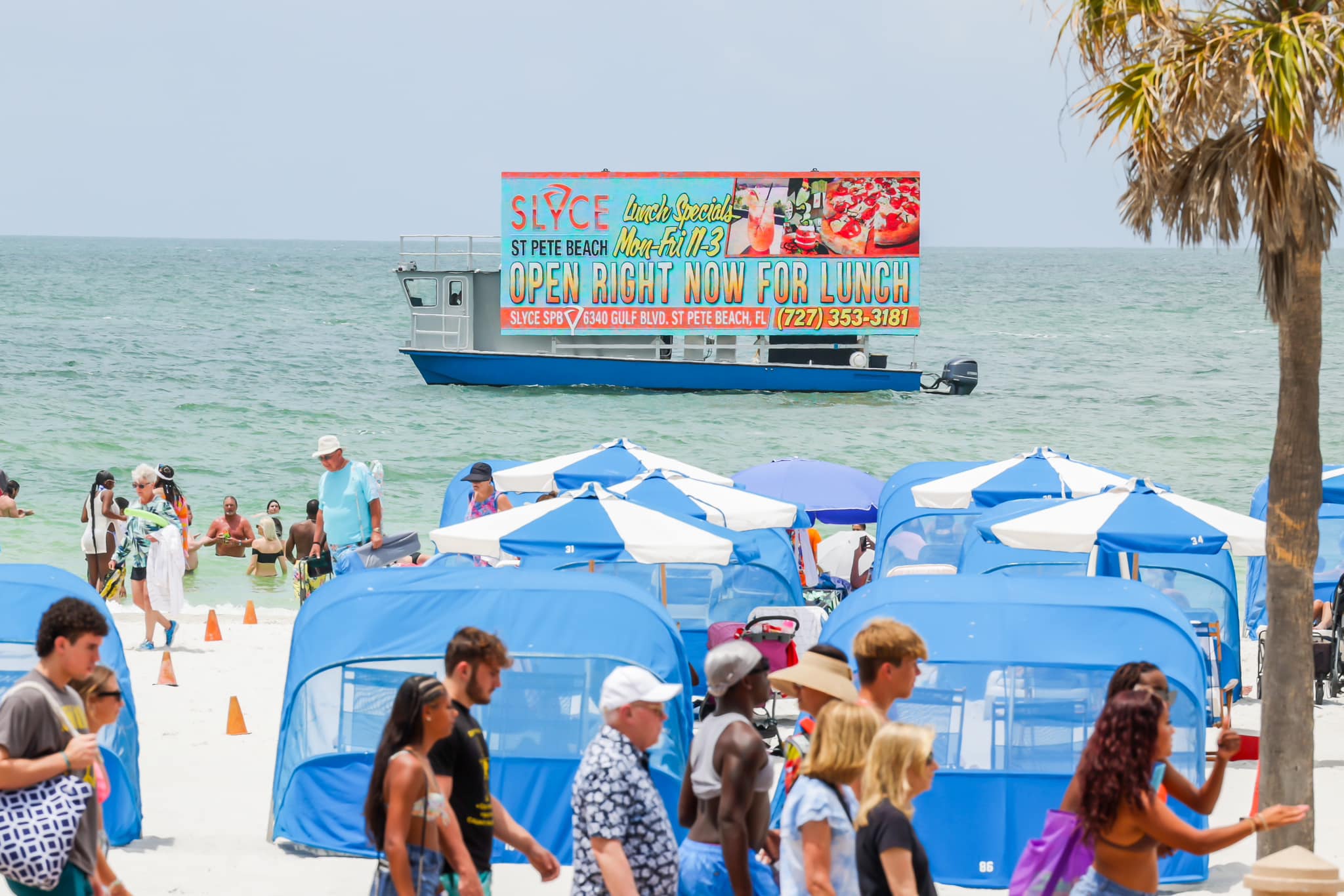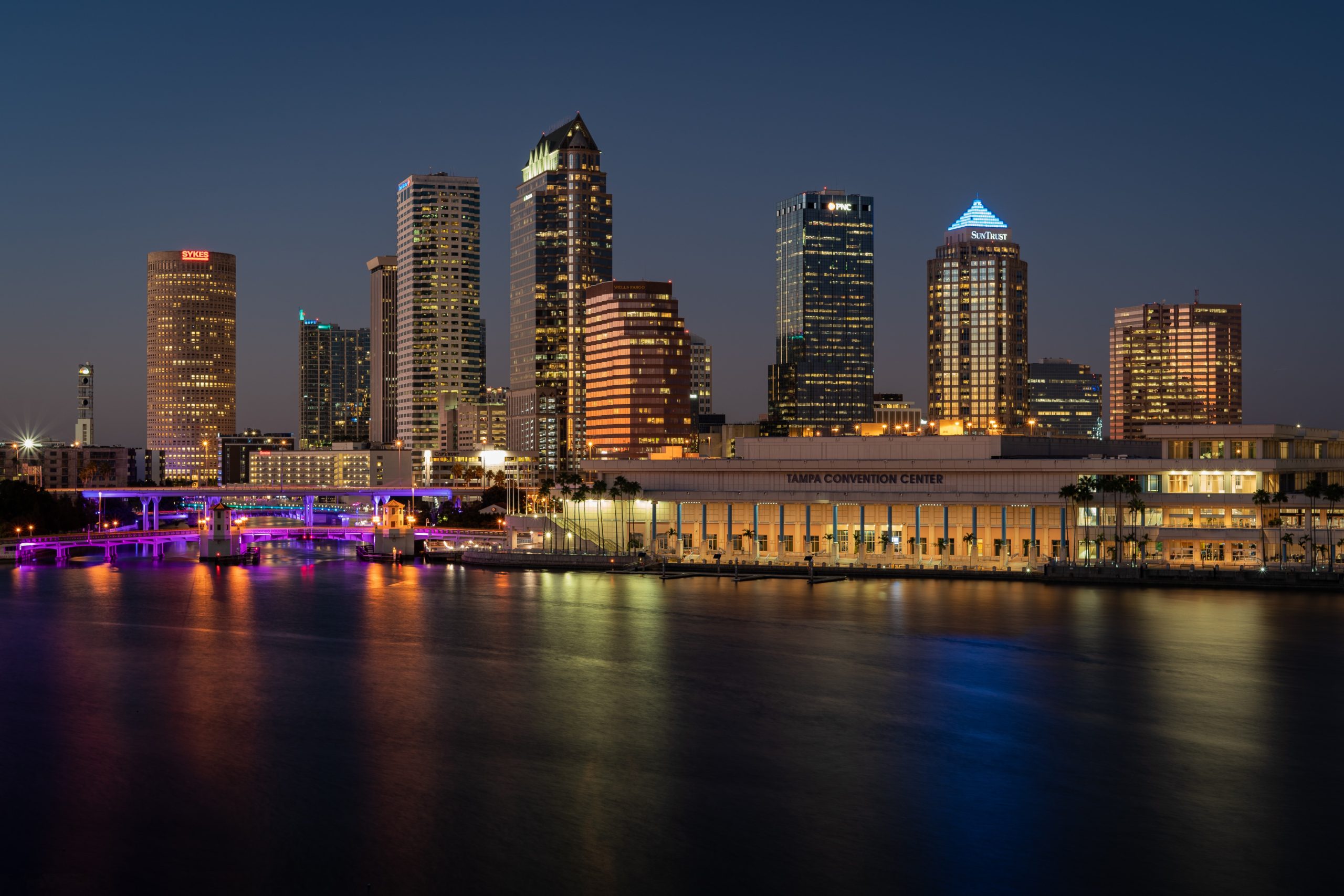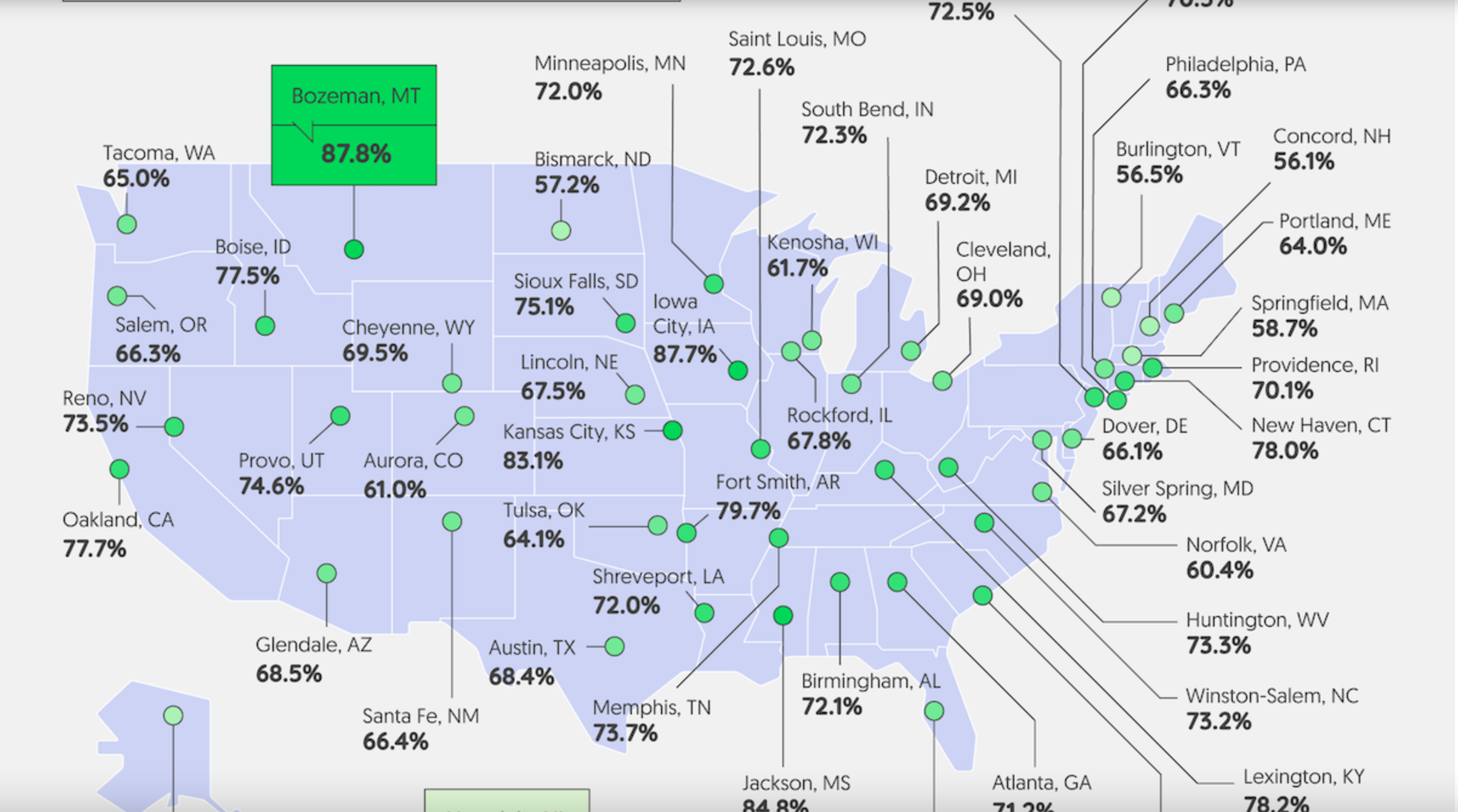Brown Pelicans are still successfully nesting in Tampa Bay, but the population is not increasing. The theory on why this is the case focuses on the interaction between the birds and fishing line.
“It’s worse than we think, and we think it’s bad,” said Ann Paul, president of Tampa Audubon.
The issue involves fishermen who, instead of reeling in a bird they hook, simply cut the line. Or their line becomes tangled in nearby mangroves, becoming a trap for birds. After the fishermen cut loose a hooked bird, it may fly back to the mangroves to roost. Eventually the fishing line can get caught up in the trees and the bird ends up dying of dehydration.
It happens a lot, Paul said. Sandy Reed, another Audubon member, spent a year volunteering once a week at the Sunshine Skyway Pier State Park to rescue entangled pelicans. She started the Bird Pier Protection Committee. She saved 500. “And that was just one day a week,” Paul said. “That pier gets a tremendous number of fishermen.”
The pier, which is open 24/7, now has two bird rescuers there regularly. The Florida Fish & Wildlife Conservation Commission (FWC) has set up a Hooked Birds Working Group, which has volunteers working with the staff. And St. Petersburg Audubon has a similar crew working to rescue entangled birds at Fort DeSoto County Park.
“There are so many pelicans getting hooked, that get line tangled around them or hooks in various parts of their body,” Paul said. Even once the birds die, the line remains in the trees for years. “It’s a lot of birds.”
Audubon believes the entanglement issue involves thousands of pelicans in the Tampa Bay region each year. That, Paul said, is interfering with the pelicans having a robust population here.
“The numbers are really declining,” she said. “This is considered a big enough deal that the Florida Ornithological Society has written a position statement on it.”
“The overlap of waterbirds and fishermen, using the same regions and habitats, often leads to conflict, resulting in significant detriment to birds, especially Brown Pelicans,” it states. “Wildlife-sensitive fishing practices, if adopted by fishermen state-wide, can significantly reduce injury and mortality for birds.”
Understanding the problem
Tampa Audubon has produced two videos on the issues which it is trying to disseminate. One video explains the problem. It is a 21-minute documentary that provides tips on how to prevent hooking the birds. In the documentary, FWC Species Conservation Biologist Becky Schneider talks about the need for fishermen to use caution to avoid losing line in trees or ensnaring birds.
“Florida attracts anglers from all over the world, however, each year, because of fishing popularity in the state, monofilament fishing line and other tackle enter into our coastal ecosystems as anglers snag on vegetation” which ensnares sea birds, sea turtles and marine mammals.
These entanglements, Schneider says, lead to injury and death.
The second video explain in detail how to properly rescue a hooked pelican. It is intended to be watched in the field. “We are working to change common behavior” and that can be challenging, Paul said.
“We have a lot of historic nesting data for Brown Pelicans in the Tampa Bay area, but how it relates to the entanglement issue, I’m not sure we can tease that apart,” said Mark Rachal, sanctuary manager for the Coastal Island Sanctuaries Program, run by Audubon Florida.
“But we can look at trends over time,” he said. “I’ve been doing this job for 15 years now and it has obviously been an issue for a long time and a significant source of mortality for our pelicans. It hasn’t caused the population to crash, but it does have a real effect on the population.”
Looking for solutions
In addition to trying to stem the suffering these birds experience, Audubon is also working on cleanups to reduce the amount of marine debris, Rachal said. Each year, it teams up with Tampa Bay Watch, sending volunteers into Tampa Bay to retrieve marine debris. Other cleanups take place at popular spots such as the west end of the Gandy Bridge.
“When you talk to people at the Seaside Seabird Sanctuary, they will tell you this is something bird rehabbers see all the time and they are trying to figure out what to do about it,” Paul said.
“Fishermen have to be a part of the team,” she said. “The right approach is that fishermen really need to work together to save the pelicans.”












